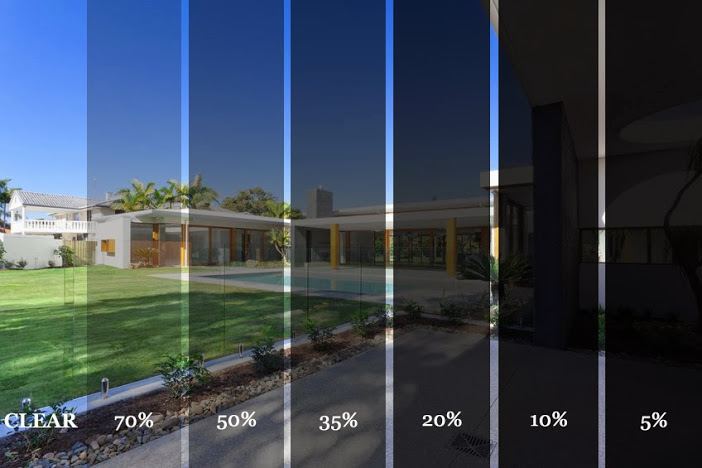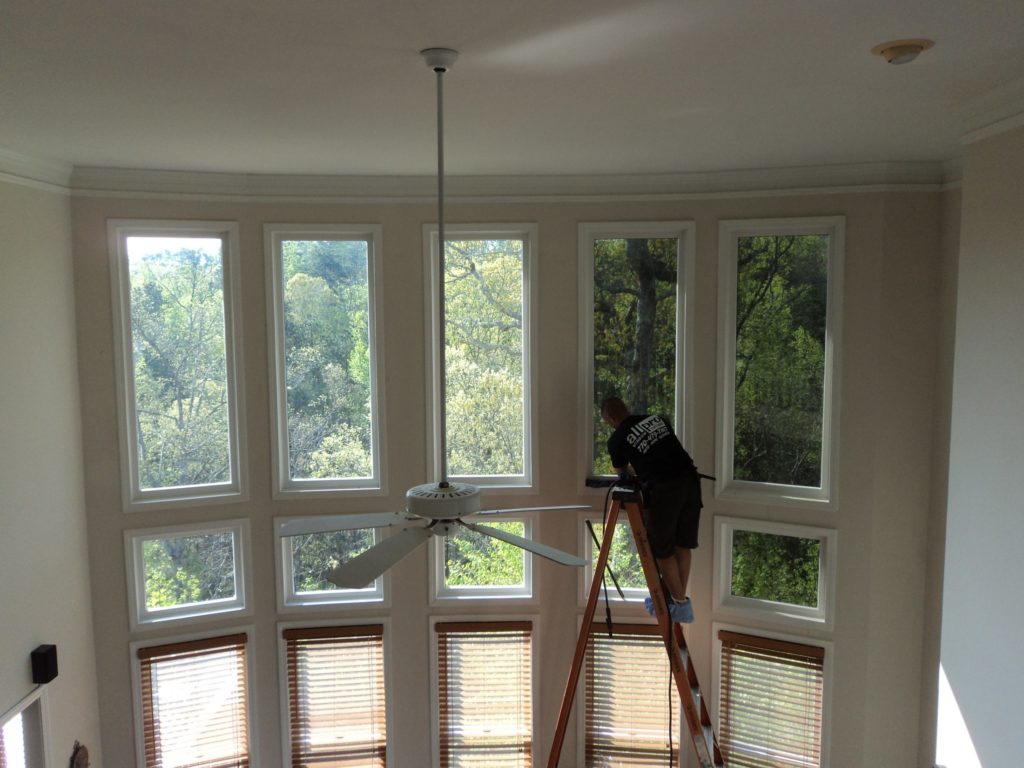Residential Window Tint: Block Harmful Rays Without Giving Up Natural Light
Residential Window Tint: Block Harmful Rays Without Giving Up Natural Light
Blog Article
Just How Residential Home Window Tinting Improves Your Home's Power Efficiency
Residential home window tinting offers a compelling option for house owners seeking to improve energy efficiency within their home. By using specialized films to windows, it properly decreases warmth transfer, therefore supporting indoor temperatures and reducing the need for excessive heating or cooling. This not just stops energy intake yet additionally provides a more comfortable environment by reducing glow. However, understanding the subtleties of just how tinting jobs and choosing the proper type for your home can be essential. Oddly, what aspects should one take into consideration prior to making this financial investment?
Recognizing Home Window Tinting
Understanding home window tinting is necessary for house owners looking for to boost both comfort and energy efficiency in their home. Residential Window Tint. Window tinting entails the application of a thin movie to the inside or exterior surface of glass windows. This movie can substantially modulate the amount of sunlight and heat that goes into a home, therefore influencing indoor environment conditions
There are various kinds of window tinting films readily available, each with distinct homes. The performance of home window tinting is commonly gauged by its Visible Light Transmission (VLT) percentage, which suggests exactly how much light can pass via the movie.
Benefits of Power Performance
Home window tinting not only enhances aesthetic appeals however also plays a considerable function in enhancing energy efficiency within household rooms. By decreasing heat transfer via windows, tinted films produce a more secure indoor climate, which can bring about substantial decreases in power intake for cooling and heating. This power effectiveness equates into lower energy expenses, giving property owners with significant long-term cost savings.

In addition, home window tinting boosts the convenience of living spaces. By minimizing glow and blocking dangerous UV rays, tinted home windows create an even more pleasurable setting, which can result in improved wellness for owners. The defense against UV rays also assists protect furnishings and floor covering from fading, adding to the long life of house products.
How Tinting Works
Tinting films operate through a mix of advanced products and modern technologies created to manage the quantity of solar power going into a home. Primarily made up of polyester, these movies typically integrate metal or ceramic fragments that show and soak up warmth. This double capacity permits them to significantly reduce the infiltration of ultraviolet (UV) rays and infrared radiation while permitting noticeable light to travel through.
The performance of home window tinting is determined by its solar warmth gain coefficient (SHGC), which indicates exactly how much solar power is transmitted with the window. Lower SHGC worths are better as they signify better go heat denial. Additionally, window tints can feature a range of shades, allowing property owners to personalize their aesthetic preferences while boosting energy effectiveness.
In addition, these films act as an obstacle, stopping warmth loss throughout cooler months by showing indoor warmth back into the living space. This thermal insulation impact matches the air conditioning benefits gained throughout warmer months, adding to a balanced indoor climate year-round. By managing solar power properly, household home window tinting not just enhances comfort yet also plays an essential function in decreasing power consumption and reducing utility costs.
Picking the Right Color

There are various kinds of window films offered, consisting of colored, metalized, and ceramic. Ceramic films offer excellent warm control without compromising visibility and are extremely long lasting, making them a prominent choice.
Visible light transmission (VLT) is an additional essential variable, as it suggests the amount of all-natural light that can pass through the tinted glass. House owners should pick a color with a VLT that enhances their lights preferences while still supplying appropriate glare reduction.
Furthermore, examining the solar heat gain coefficient (SHGC) can aid determine just how well a color can block warm from sunlight. A reduced SHGC indicates much better warm control, eventually enhancing power efficiency.
Installation and Maintenance Tips
Correct installation and maintenance are vital elements in making best use of the benefits of property home window tinting. To achieve optimal results, it is recommended to work with a certified professional for installment. This makes certain that the color is applied appropriately, preventing air bubbles, creases, or misalignment that could compromise performance. Experts additionally utilize specialized devices and methods, which can boost the sturdiness and performance of the tint.
Following setup, additional resources maintenance is essential to extend the life of the home window film. It is advised to wait a minimum of one month before cleaning up the tinted windows to allow the adhesive to heal fully. When cleaning, utilize a soft cloth and a mild, ammonia-free cleaner to avoid harming the movie. Stay clear of abrasive materials that could scratch the surface area.
Resolving these issues immediately can protect against more damage and maintain power effectiveness. By adhering to these setup and maintenance pointers, property owners can guarantee their window tinting proceeds to give significant energy financial savings and convenience for years to come.
Final Thought
In verdict, residential home window tinting serves as a reliable remedy for boosting power effectiveness within homes. By lowering warmth transfer and obstructing unsafe UV rays, window films add to decrease power intake and enhanced interior convenience.
Home window tinting entails the application of a thin movie to the imp source interior or exterior surface area of glass home windows. By reducing heat transfer through windows, colored movies produce an extra stable interior environment, which can lead to significant reductions in power intake for home heating and cooling.The performance of window tinting is measured by its solar warmth gain coefficient (SHGC), which suggests exactly how much solar power is sent with the window. By managing solar power successfully, domestic window tinting not just improves convenience yet additionally plays a crucial duty in decreasing energy usage and decreasing energy costs.
By minimizing warm transfer and obstructing harmful UV rays, window films add to lower power intake and improved interior comfort.
Report this page